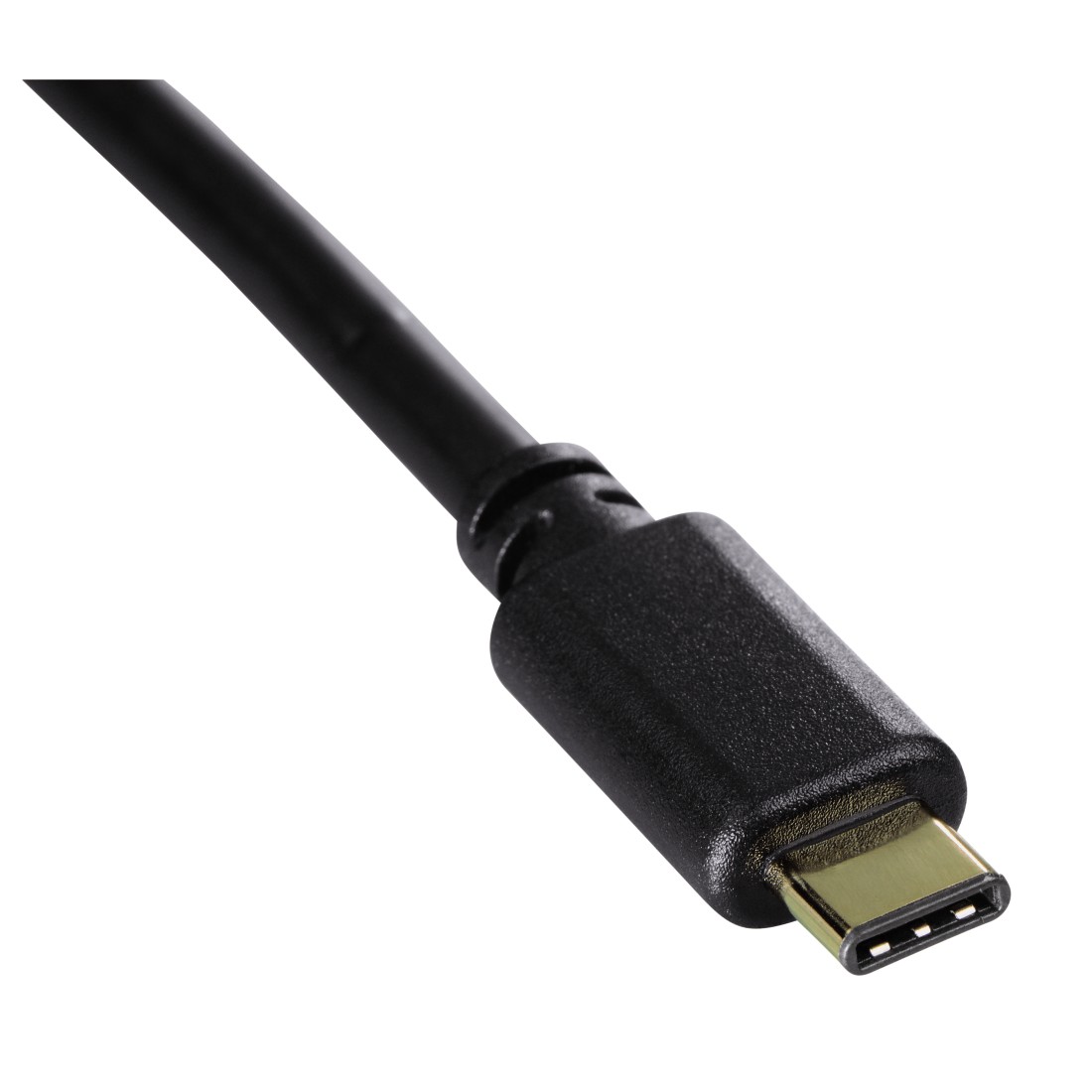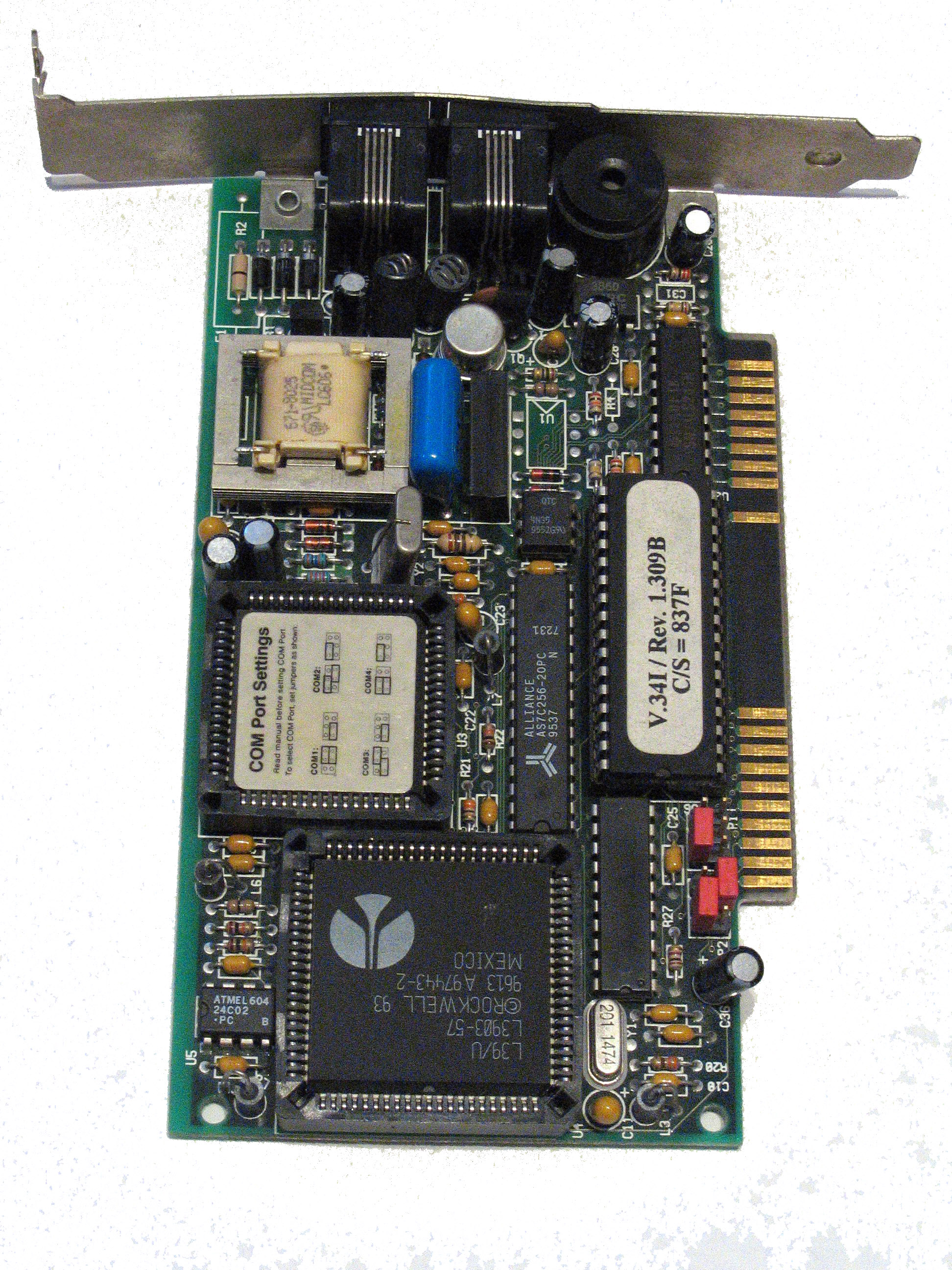Description
Open Systems Interconnection or OSI for short, is a conceptual network model that standardize the communication function in a system. The goal is to intercorporate all communication systems into one model using standard protocol. This model is very similar to the networking model of TCP/IP but the difference here is it has 7 layers instead of 4 in TCP/IP.
Layer 1: Physical Layer
It mostly deal with raw data. The data is transported using electrical impulse, light or radio wave physically. It also define the transmission mode and the use of network topology. Ethernet is one of the physical layer entity.
Layer 2: Data Link Layer
Data are encoded and decoded into bits here. It also contains Media Access Control (MAC) and Logic Link Control (LLC). MAC handles the network access permission while LLC handles the flow control and do error checking. Point-to-Point-Protocol is one of the data link layer entity.
Layer 3: Network Layer
Everything about network are handled here. Packet switching (Switch from a message to several packets), routing of packets and virtual circuit for node to node networking can be found here. Other features such as addressing, error handling and congestion control works together here. Internet Protocol is one of the network layer entity.
Layer 4: Transport Layer
This is the layer that manages where to flow the datagram and avoid possible congestion. It also detect datagram error. Transmission Control Protocol (TCP) is one of the transport layer entity.
Layer 5: Session Layer
This layer manage the connection between application. For example, session layer can establish a
connection if the connection is lost. Remote Procedure Calls (RPC) is one of the session layer entity.
Layer 6: Presentation Layer
Presentation layer translate normal text from application to network format and vice versa. This layer will change the data format and encrypt it. Encryption is one of the presentation layer entity.
Layer 7: Application Layer
This layer can interact with users directly. This layer provides mailing services, file transfer and Internet browsing. File Transfer Protocol (FTP) is one of the application layer entity.
This article is referred from Wikipedia's OSI model article. (With a few sub-articles)





